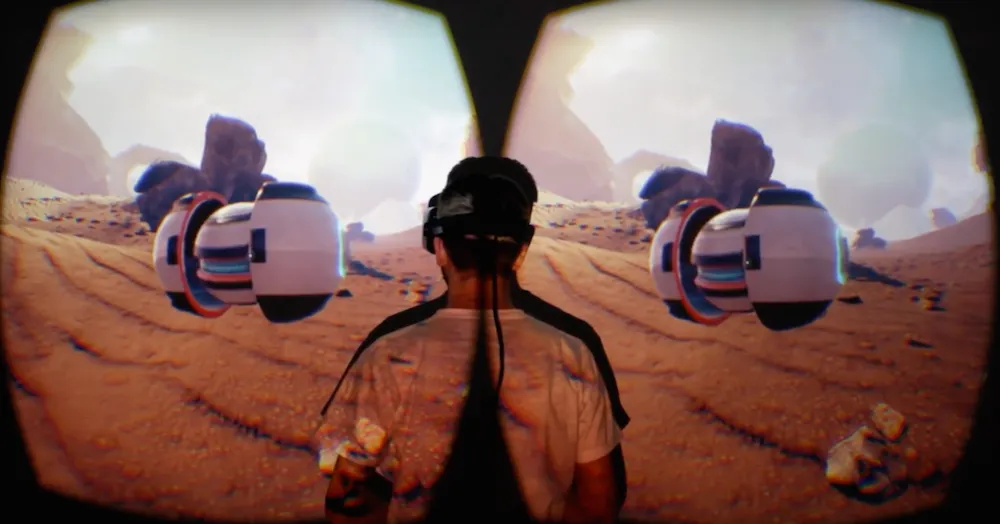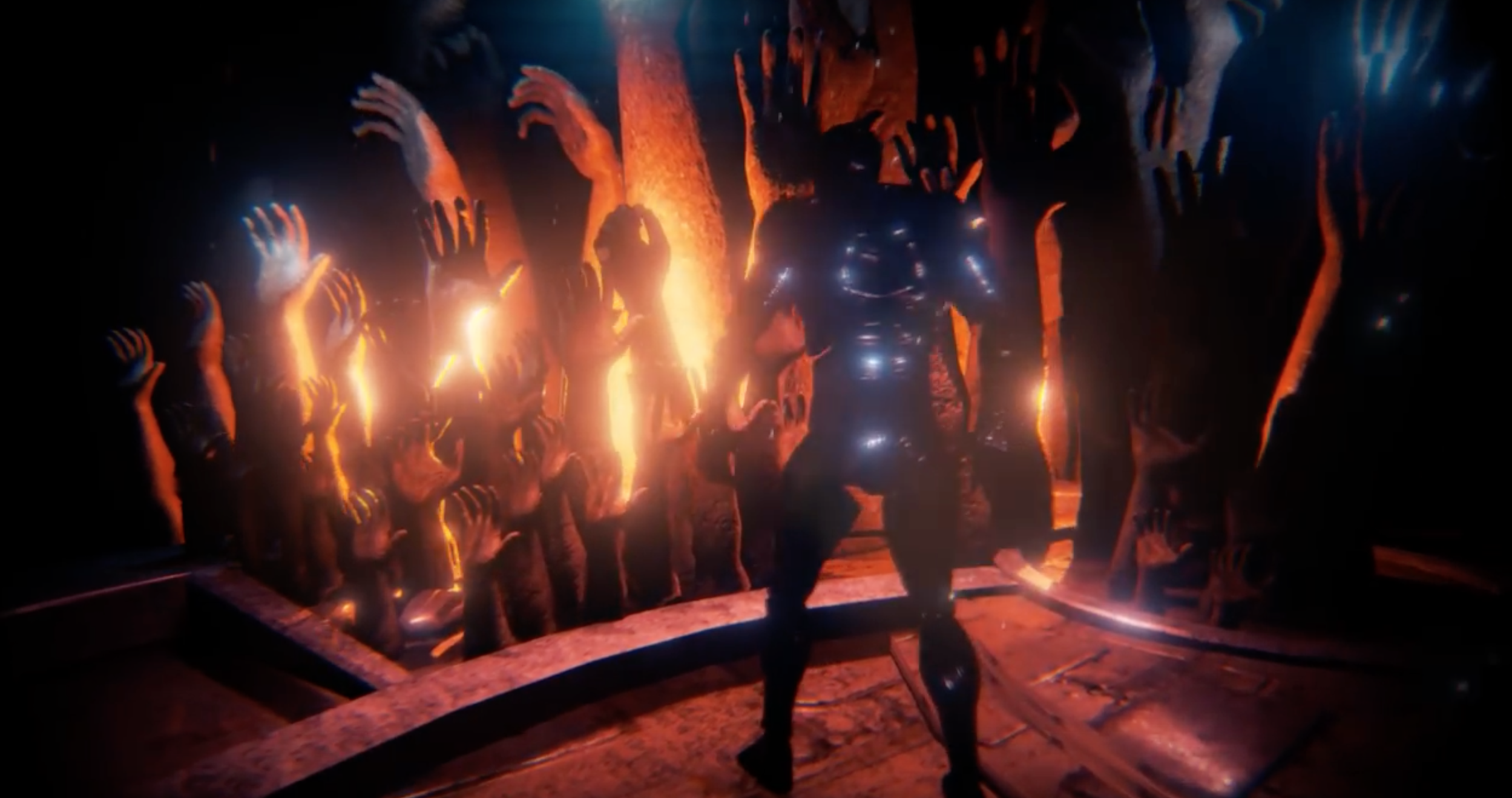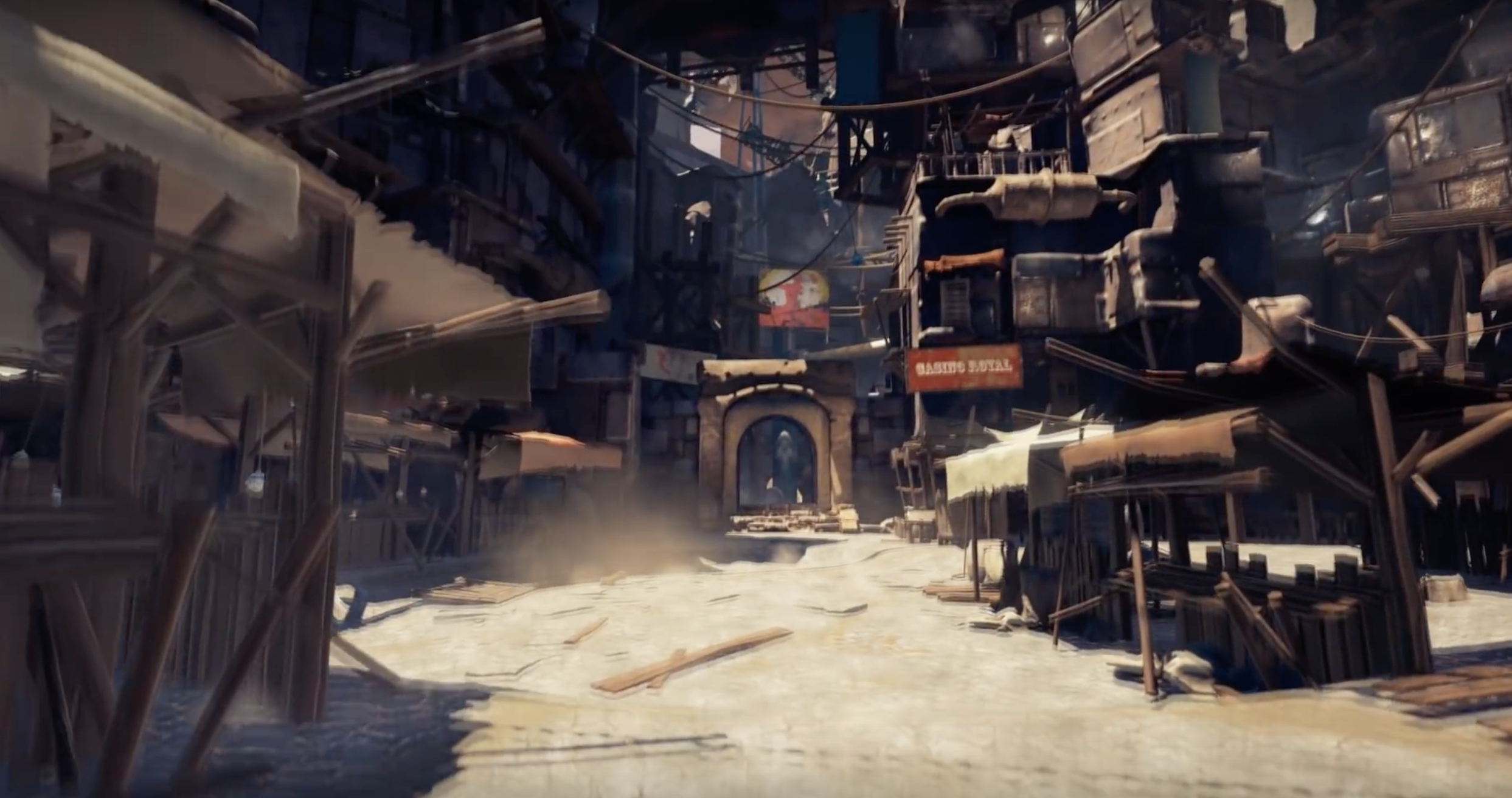Paweł Gajda is tired. As the project manager, story architect, and scriptwriter at Carbon Studio he is understandably busy – but today he is exceptionally so. Two years of work day and night have led up to this moment. As I chat with him, he eagerly tracks the progress of ALICE VR, an upcoming sci-fi exploration game coming to the Oculus Rift, on Steam Greenlight – watching it quickly soar into the top 40.
ALICE VR has been the primary goal of the ten person team at Carbon Studio since the company’s inception in 2014. Gajda describes the sci-fi game as being very Myst-like in that it is about exploration and solving puzzles.
“I would say the game is 60 percent about exploration and 40 percent puzzles,” Gajda said. “The basic story is that you, as the player, land your spaceship on a typical planet in order to make a routine re-supply and continue on your way. However, you quickly discover that every inhabitant of this planet has vanished.”
Gajda views the game as having a linear progression while still offering plenty of opportunities for discovery. He said the game can be completed in 3 to 4 hours, but he also expects players will have to play through the game multiple times to fully experience the story he is crafting.
The replayability of the title comes from the game’s lush environments. As you move through the game’s three major areas – the landing site, a desert and a large city – you will have the option to either blitz your way through the main path and escape the planet quickly, or to spend your time exploring the multitude of off-shoots and hidden corners in search of Bioshock-esque audio logs that reveal the fate of the destitute planet’s missing inhabitants.
The game’s title, ALICE VR, is “definitely” an allusion to the Lewis Carroll book Alice’s Adventures in Wonderland, according to Gajda. However, the game is not merely a sci-fi retelling of the famous story.
“The connection to [the book] is two-fold,” Gajda said. “The first is that many of the core gameplay mechanics for the game are inspired by Alice. The second is that, because this is a VR title, you the player are entering into a ‘Wonderland’ every time those goggles cover your eyes and we wanted to draw attention to that experience.”
The two core-mechanics of the game are the ability to shrink and grow at will (a very Wonderland-inspired notion) in order to solve puzzles and push through new pathways, as well as the ability to augment gravity and walk on walls.
Gajda says particular attention was made to ensure that the shrinking process scaled appropriately so your sense of immersion is not ruined while you witness the world shooting up to tower above you. The studio was also nervous at first that the gravity mechanic would cause simulator sickness, but Gajda said their prototyping has found the gameplay to be natural and free of nausea.
Gajda believes the Oculus Rift itself is the reason for ALICE VR’s existence:
“At the studio we backed the Kickstarter as soon as we could. As soon as we got our dev kit we started to build what would eventually become ALICE VR using Unreal Engine 4. This is a game that was built from the ground up to be played in VR on a Rift.”
Even so, Gajda also said the game can be played on a desktop without a headset. The game is built to be played with the Rift’s bundled Xbox controller, though Oculus Touch support will be coming as well according to Gajda. In addition to Rift support, Carbon Studio is working on an HTC Vive port of the game as well but it will not include room scale support.
Carbon Studio is aiming to release both versions of the game in April of this year and Gajda expects the company will charge somewhere in the neighborhood of $15 for the experience.





























